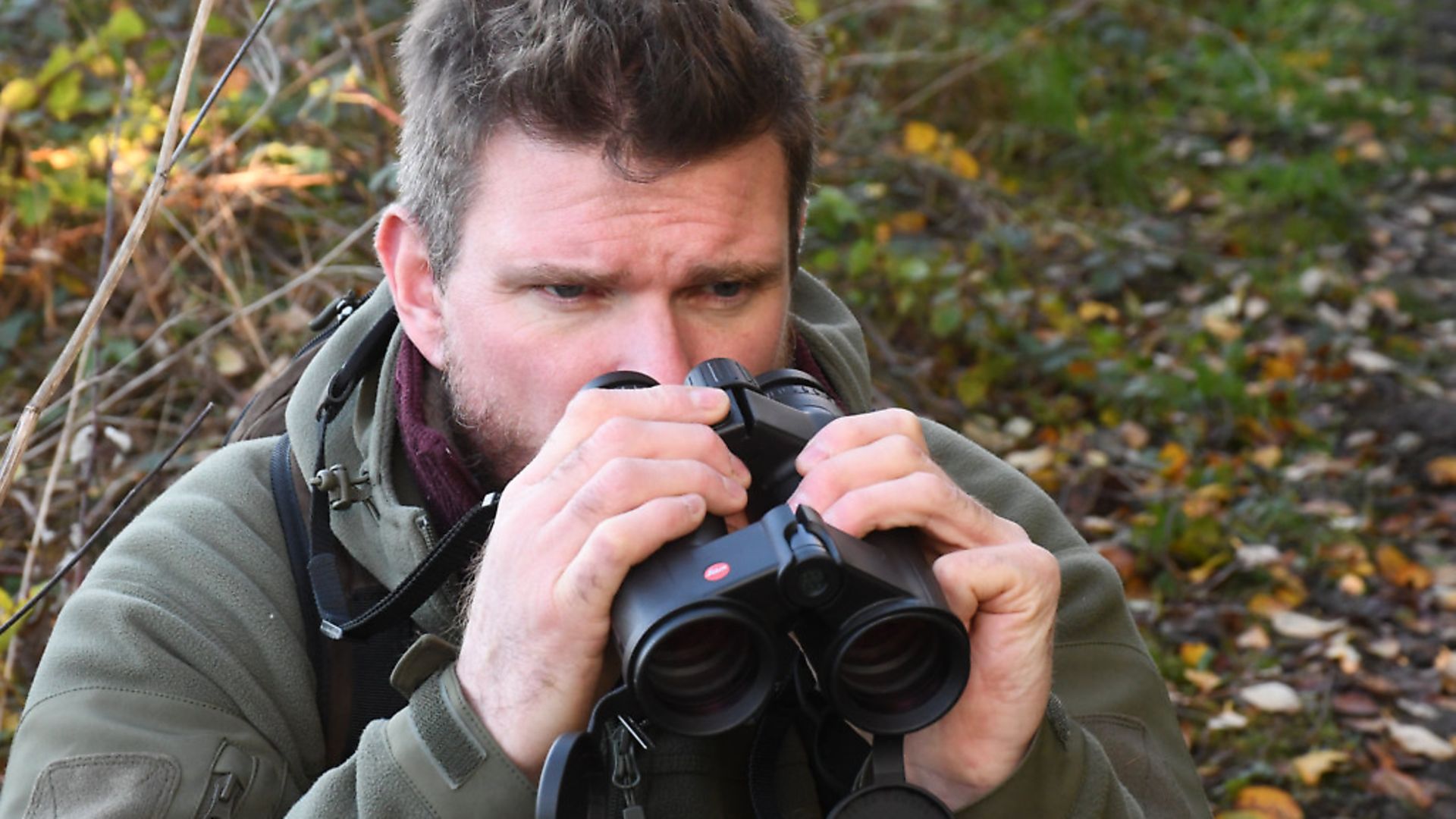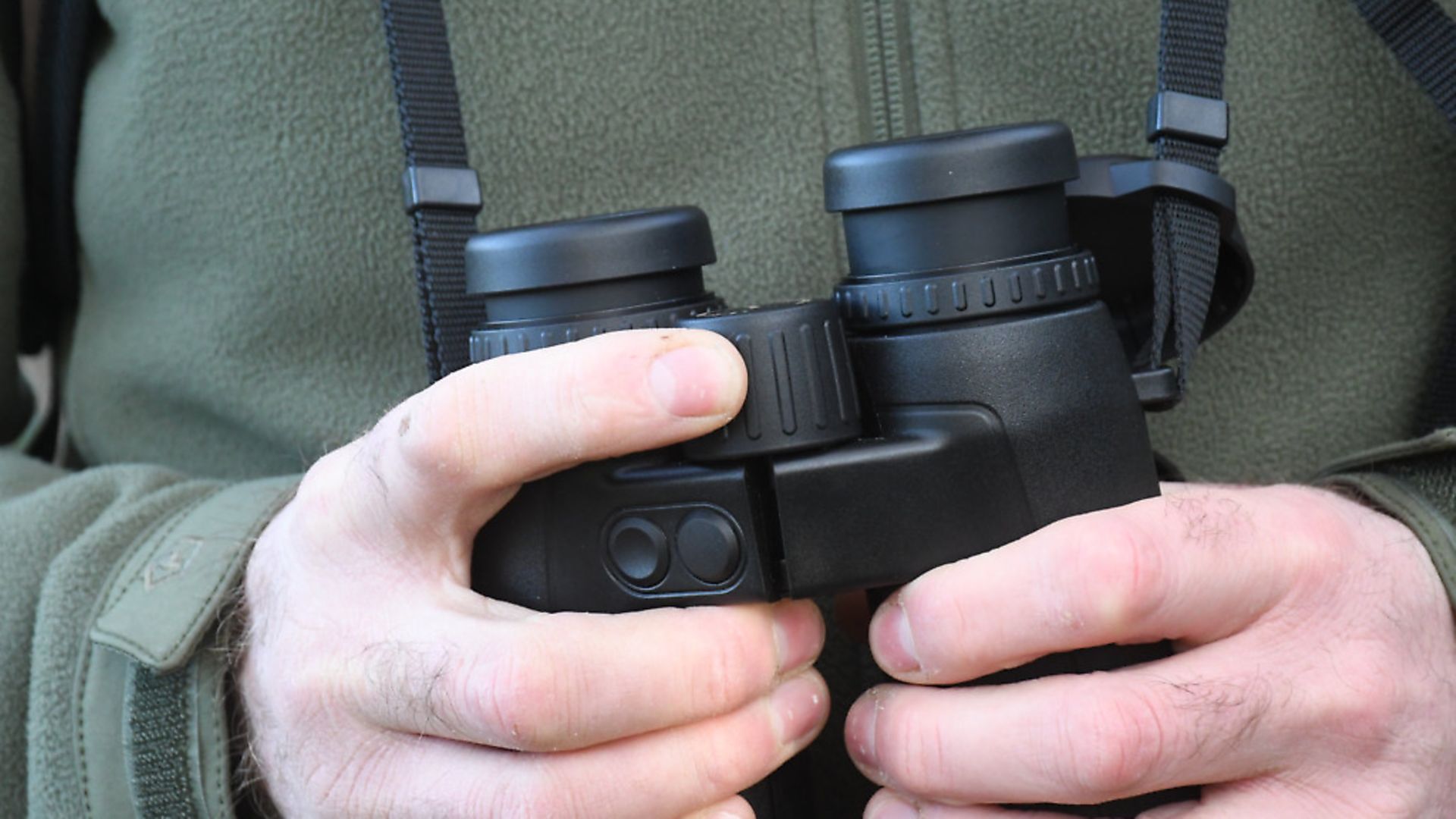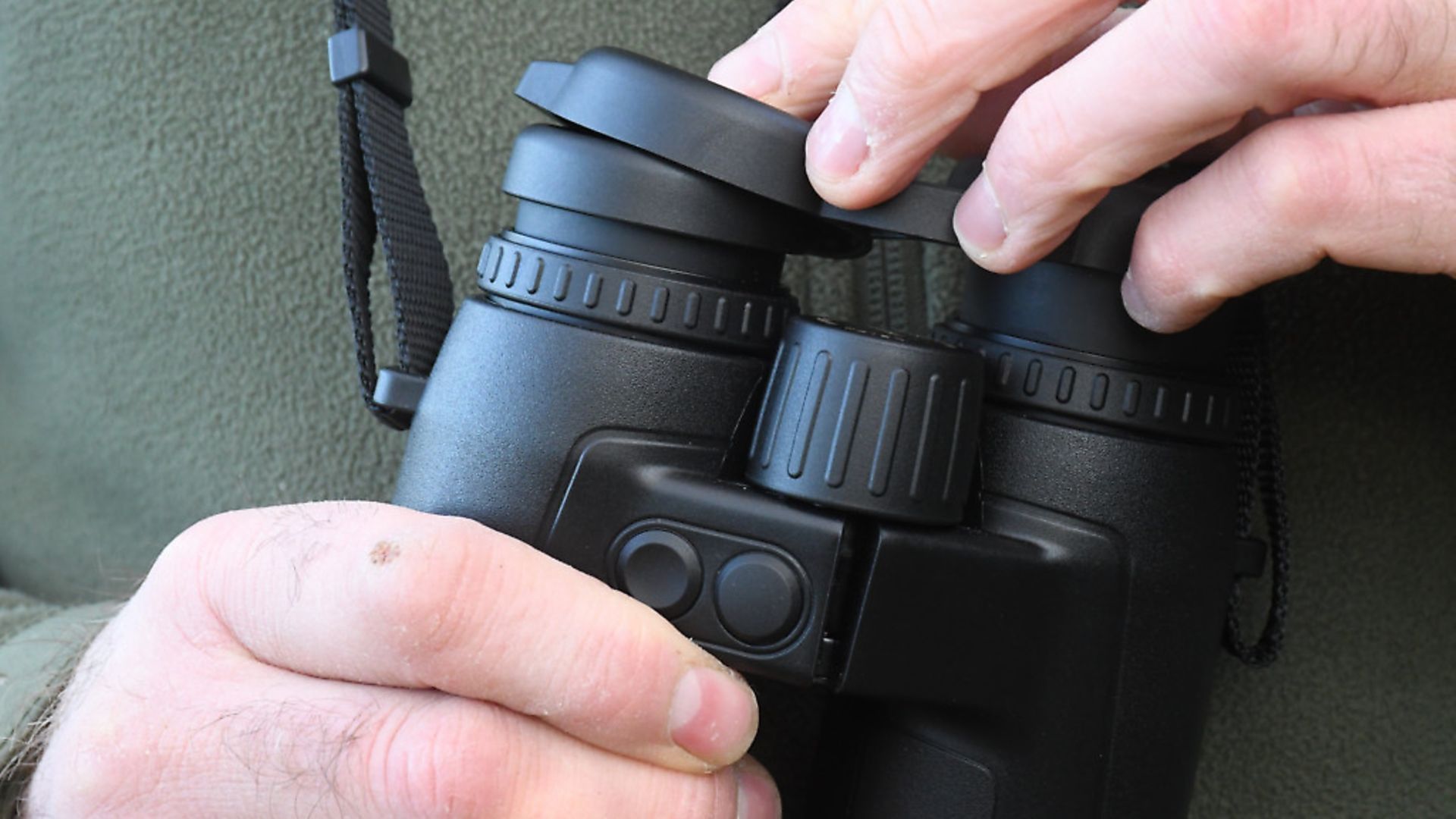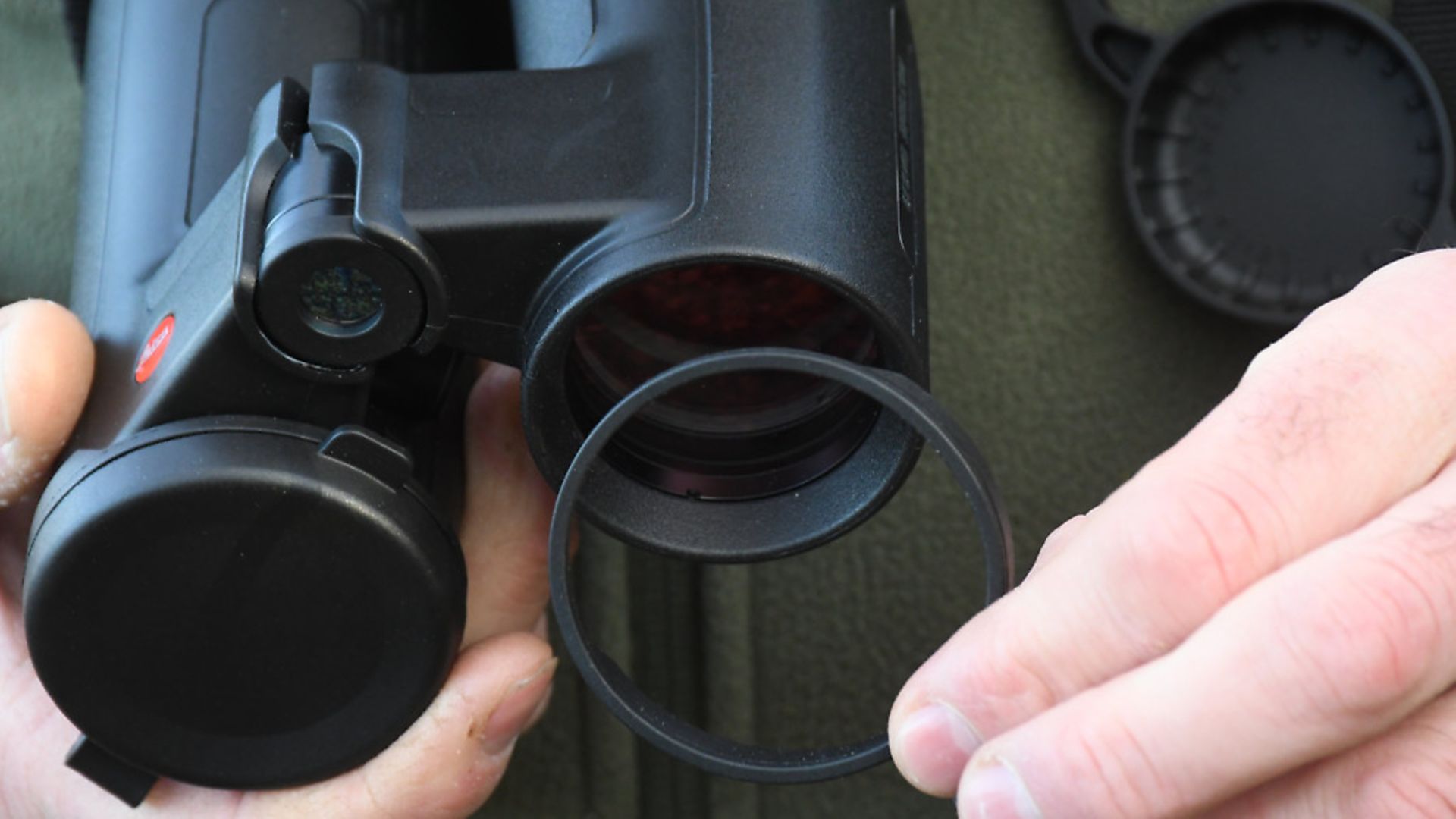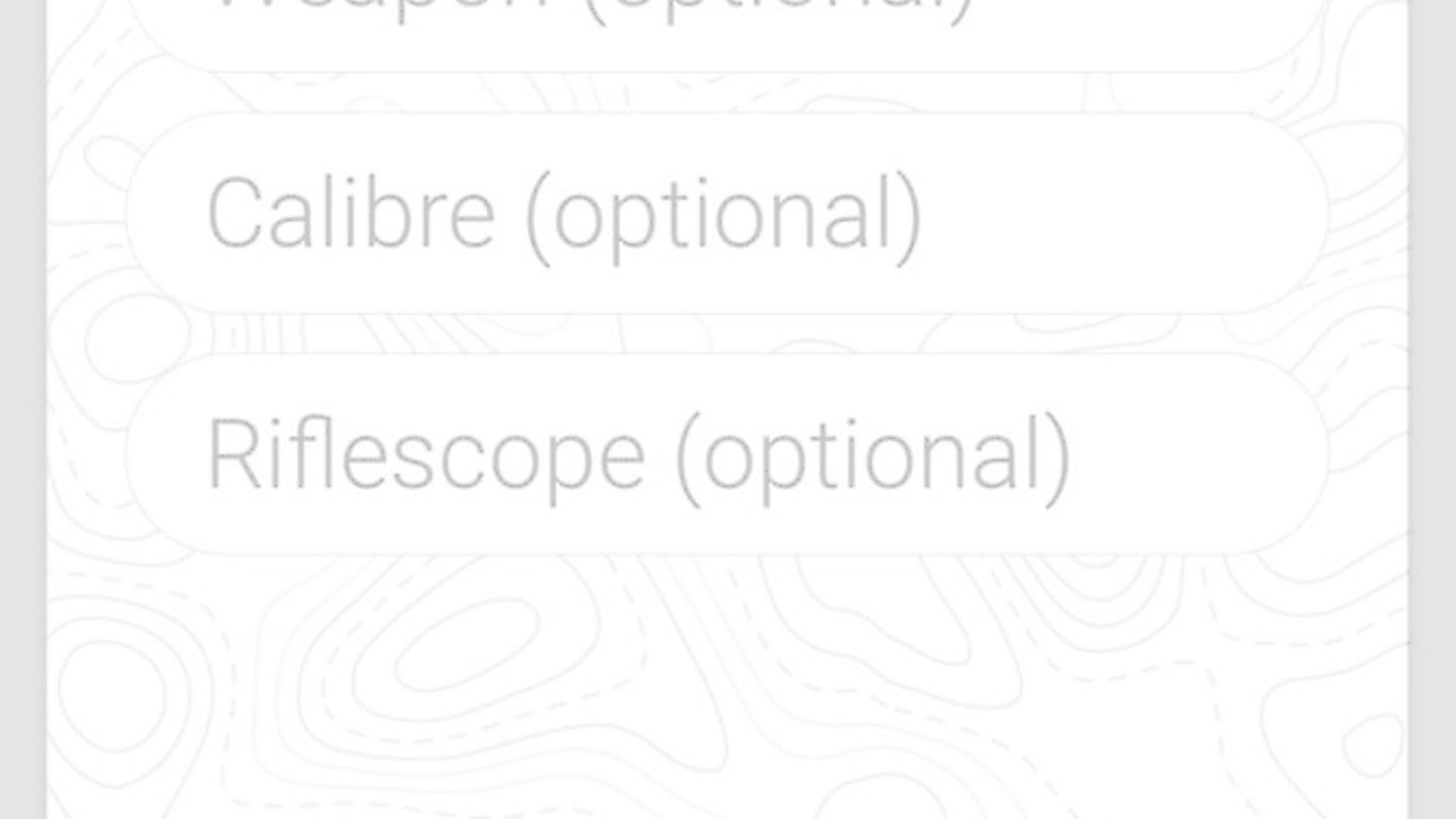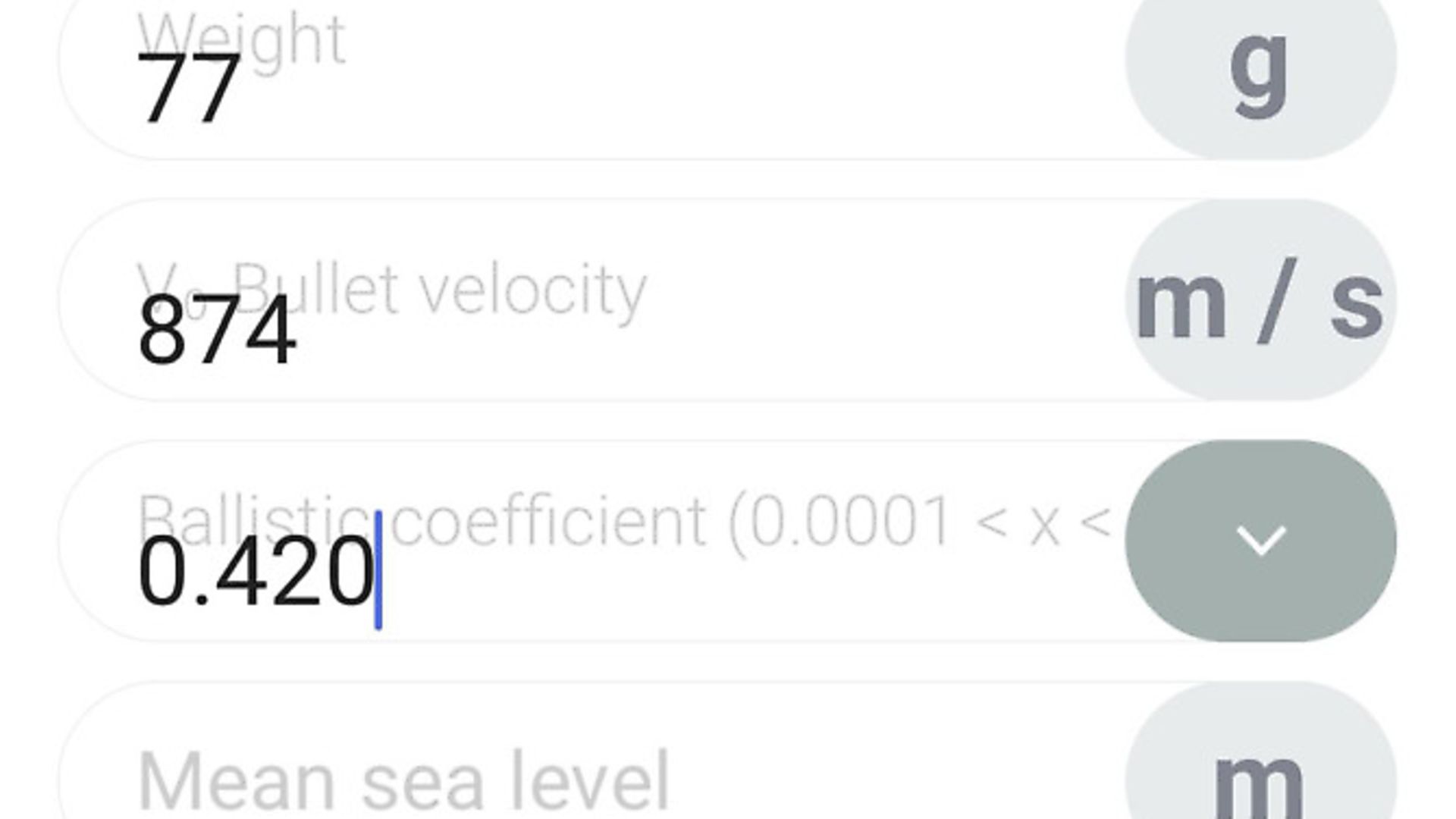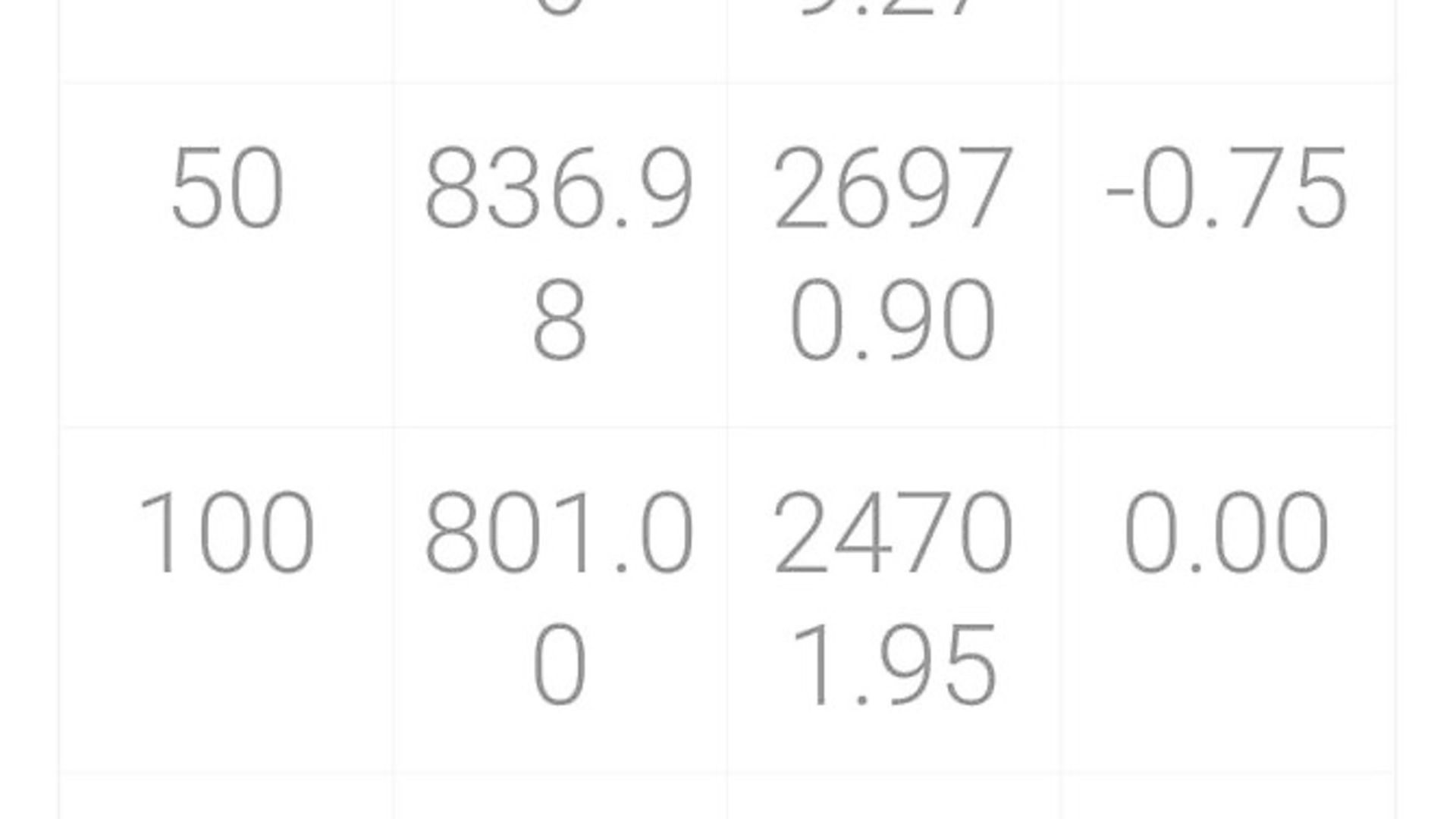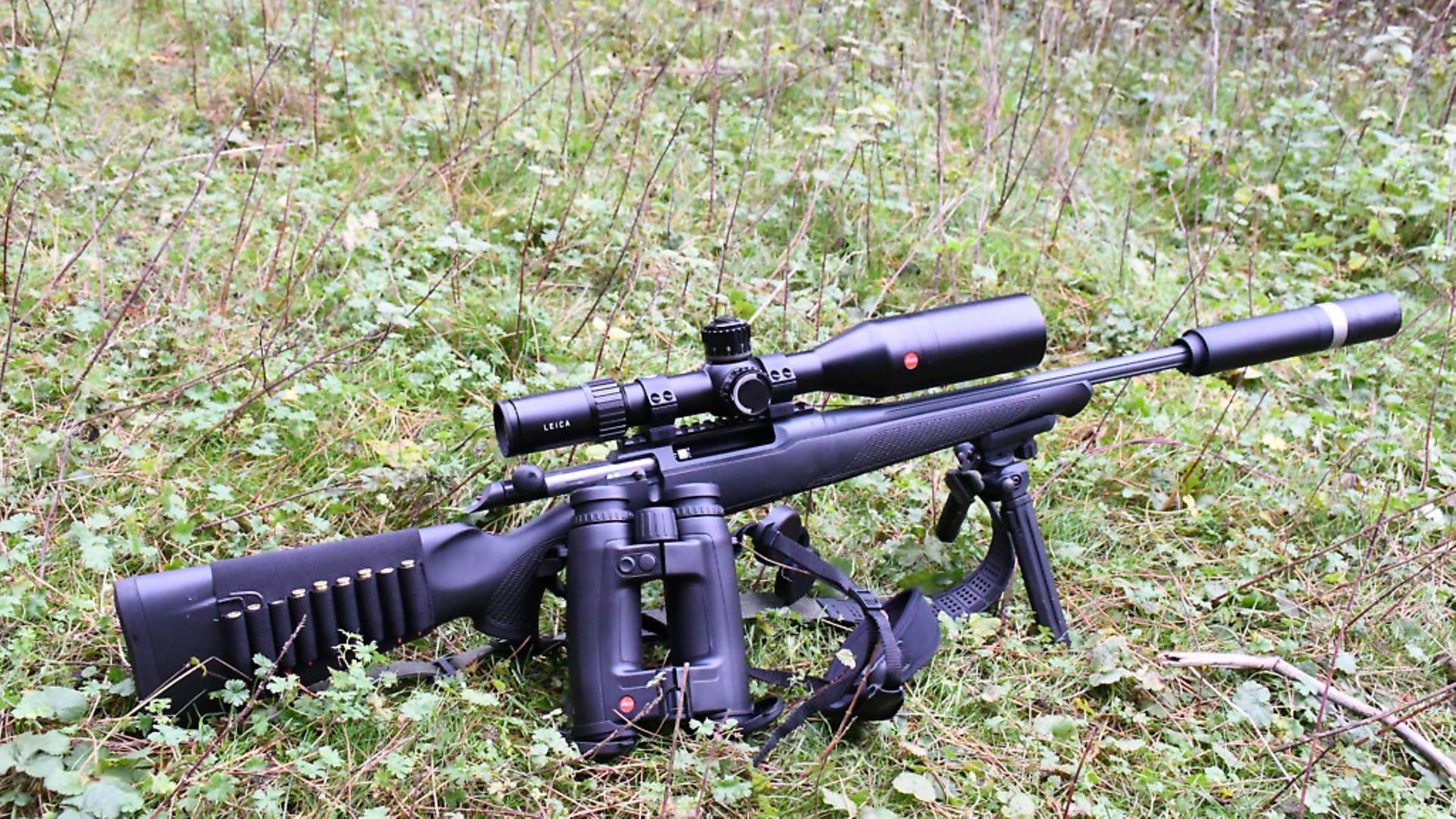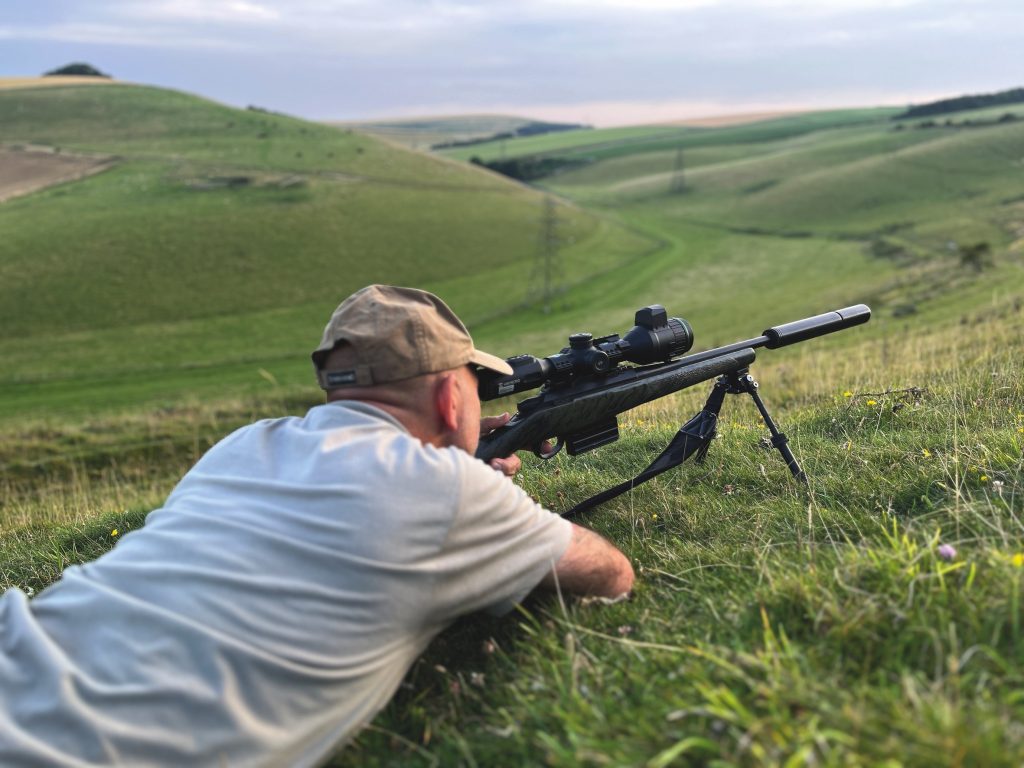Leica Geovid 3200.COM rangefinding binoculars – test & review
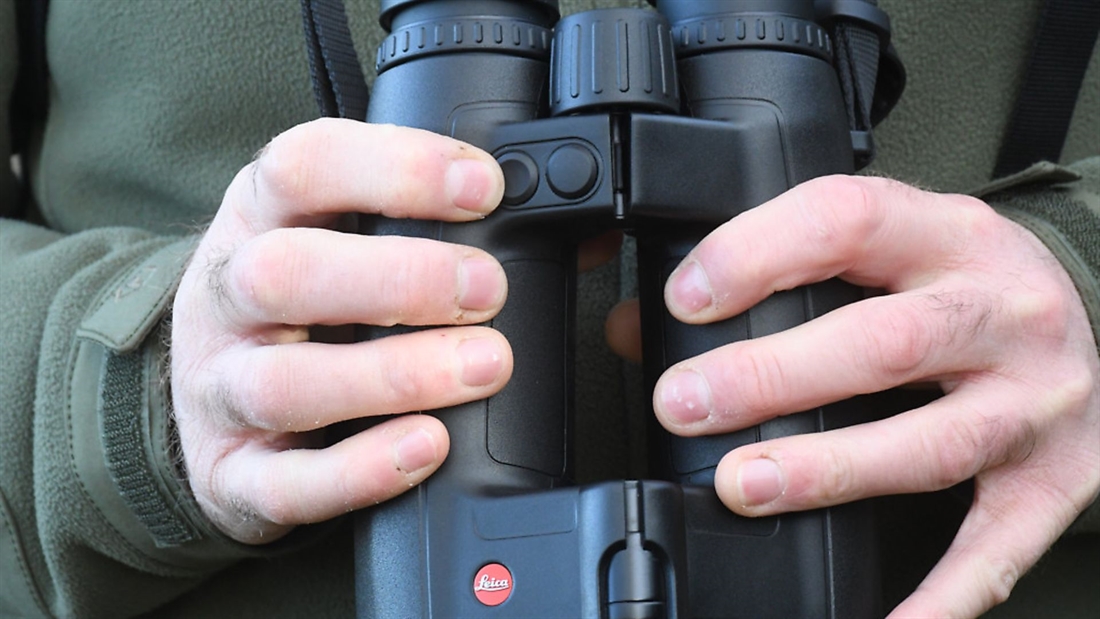
Chris Parkin reviews the new Leica Geovid 3200.COM rangefinding binoculars; what do they offer in terms of functionality?
Leica’s laser rangefinding Geovid binoculars with ballistic calculator have further evolved to become the 3200.COM and, here in 10×42 format, is an attractive bit of kit for the long-range hunter wanting to travel with the fewest accessories without loss of ballistic precision. Users of previous Geovids had to either use pre-installed ballistic set-ups or add a custom ballistic curve by way of a micro-SD card. The Geovid 3200s, like last year’s 2800.COM monocular, allow Bluetooth connection with a smartphone to pre-program custom curves through the Leica app or to transfer ballistic data from a Kestrel ballistic anemometer using Applied Ballistics software.
The Perger-Porro prism’s optical arrangement within the rubber armoured magnesium body is what gives these Leica Geovid 3200s their unique curved shape, which proves comfortable for larger hands. The extending eyecups offer eight positions, ensuring the natural 16mm optical eye relief is well matched to a variety of faces and positions. The central focus dial is fingertip light, with about 1.75 turns from close focus at 5m out to infinity, allowing precise control for depth of field. There is no mechanical backlash, although the ridged dial has a slightly dampened feel; I suspect this is from the watertight seals, which offer 5m submersion resistance. It’s certainly no issue – there’s been no failings from my set of Lecia Geovid HD-Bs, which I’ve had for five years and are similar in build.
A neck strap is supplied with an ocular eye cap threaded on, plus a stiff Cordura storage case to protect them in transit.
The instructions are reasonably detailed and the associated app becomes more self-explanatory with use, so don’t rush it. Firmware updates are possible, and you need to carefully follow the instructions for successful Bluetooth pairing.
Supplied are objective lens caps with rubber loops which you can fit over the bino’s body. I would recommend taping these in position to avoid losing them, which is otherwise highly likely – I have done this to good effect.
Electronic functions are controlled with long and short presses of the twin buttons on the right rear bridge arm with the laser within the front hinge. A single CR2 battery fits under a slotted screw in the cap below, with a lifespan of approx. 2,000 measurements. The essential details for the ballistics are all contained within Leica’s app, and these go through the set-up process for adapting display brightness (manual or automated) and choosing the ballistic system/details you want to display after the range each time the button is pressed.
The circular aimpoint is illuminated within the right-side tube and a single press on the actuation button allows aiming on target with another press to display the range in metres or yards in 0.3 seconds. The scan mode can be initiated to constantly update the readout. Temperature, barometric pressure and inclination angle are all measured and computed so that, after three seconds (depending on the mode you choose), ballistic data is displayed in either holdover, click correction or Equivalent Horizontal Range (EHR).
The first two calculate the ballistics with all four variables, whereas EHR uses just the range and inclination. These are tallied up with the ballistics you have pre-set. The 12 pre-installed curves have, to be fair, always been more than capable for general hunting ranges. But if you are looking for more clinical precision, extended ranges and mountainous conditions, I would definitely go for the more complex personal set-up in the app – or, better still, from the AB Kestrel.
All the usual caveats of long-range shooting still apply. I only have two pages available here, but I have previously written detailed articles on the set-up and capabilities of HD-B Geovids and 2800.COMs. It’s important to note that if you don’t want to use custom curves, all pre-installed ballistic profiles can be set up without a smartphone. Custom curves in the app can all be saved and swapped via Bluetooth pairing in seconds if you change ammo or rifles. This is a big advantage over the previous requirement for a PC and SD card.
My personal opinion of the Leicas is that they still retain 91% of light transmission with a bright edge-to-edge flat-focused view seen through the 4.2mm exit pupil. EHR calculations are available to 1,100m. And I found the 2,900m capable laser to be strong out to 2,000m, with a little less power beyond that. Although, to be fair, you have to be realistic at what range you can accurately target the reticle on your quarry, so it’s a bit of a moot point. Dimmer conditions and more reflective targets always enable slightly stronger RF performance; I prefer to think of maximum range numbers, not so much as a definitive capability, but more as the comparable strength of a laser which still performs during real-world hunting encounters with fast, strong results in poor atmospheric conditions. As direct comparison with my five-year-old binoculars, the new Leicas saw pings returned from the 3,200s in misty air that my original HD-Bs couldn’t always match with a similar authority, even at closer ranges of around 6-800m.
For hunting, these certainly have the legs, both optically and mathematically. Their field of view is not compromised, and the automated brightness control ensures there is rarely any flare from the LED display within. But in some conditions, I still prefer to set this manually because of the colour contrast in extremes of brightness. Laser scatter is minimal and offers 0.5m accuracy to 200m, and 1m accuracy to 400m, which is perhaps more than needed. Importantly, the minimal beam divergence, allied to the precise aim of the laser, has proven accurate when selecting specific targets with intervening reflective foliage obstructions.
They’re not the lightest binoculars, or the ultimate low-light binos. But they are perhaps the strongest overall contender for top-of-the-class performance with all their functionality now offered wirelessly.
TECH SPECS
Magnification: 10x
Objective lens: 42mm
Accessories: Contoured Neoprene carrying strap, front lens caps, eyepiece caps, Cordura case, battery
Exit Pupil: 4.2mm
Twilight Factor: 20.5
Field of View at 1000 metres: 114m/6.45° (104mm with spectacles)
Eye relief: 16mm
Close Focus: 5m
Light Transmission: 91%
Dioptre Compensation: +/-4
Distance Measurement: 10-2950 metres (3200 yards)
Equivalent Horizontal range: 1100 metres
Measuring Time: 0.3 seconds
Measuring unit: Metres or Yards
Ballistic function: Equivalent horizontal range (EHR), point-of-impact correction (holdover) necessary number of clicks for reticle adjustment
Ballistic trajectory: 12 pre-installed curves
Applied Ballistics Kestrel Compatible: Yes
Use of own ballistic data: No
Bluetooth interface: Yes
Eyecups: Yes
Prism System: Perger-Porro system
Lens Coating: HDC® multilayer coating, AquaDura® coating
Laser: Eye-safe invisible laser
Barometric Pressure Sensor: Yes
Temperature sensor: Yes
Temperature measurement: Yes
Angle Sensor: Yes
Battery: Lithium-type CR2 supplied
Battery Life: 2,000 measurements at 20 °C
Watertight: 5 metres
Housing: Magnesium- and nitrogen-filled
Dimensions: 125 x 174 x 70 mm
Weight: 980gr including battery
RRP: £2,60 for 8×42; £2,650 for 10×42
Visit: uk.leica-camera.com
Related Articles
Get the latest news delivered direct to your door
Subscribe to Rifle Shooter
Elevate your shooting experience with a subscription to Rifle Shooter magazine, the UK’s premier publication for dedicated rifle enthusiasts.
Whether you’re a seasoned shot or new to the sport, Rifle Shooter delivers expert insights, in-depth gear reviews and invaluable techniques to enhance your skills. Each bi-monthly issue brings you the latest in deer stalking, foxing, long-range shooting, and international hunting adventures, all crafted by leading experts from Britain and around the world.
By subscribing, you’ll not only save on the retail price but also gain exclusive access to £2 million Public Liability Insurance, covering recreational and professional use of shotguns, rifles, and airguns.
Don’t miss out on the opportunity to join a community of passionate shooters and stay at the forefront of rifle technology and technique.



